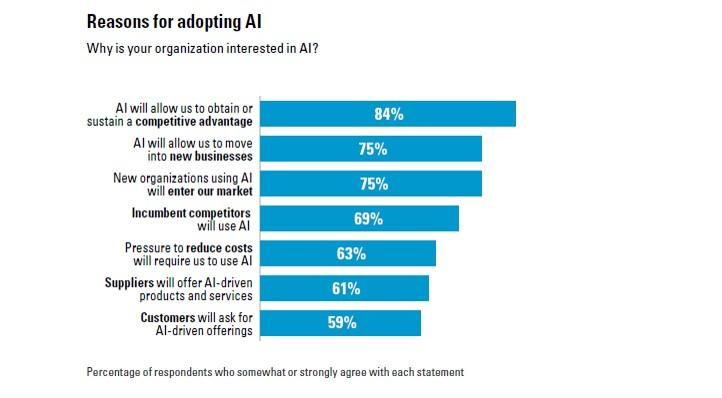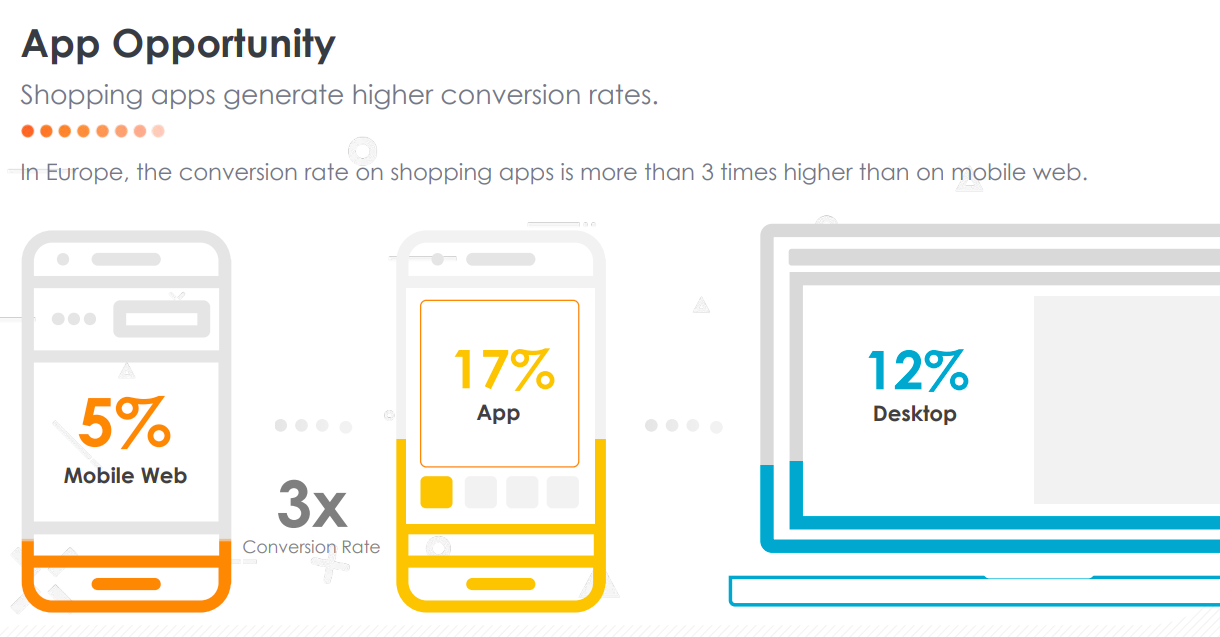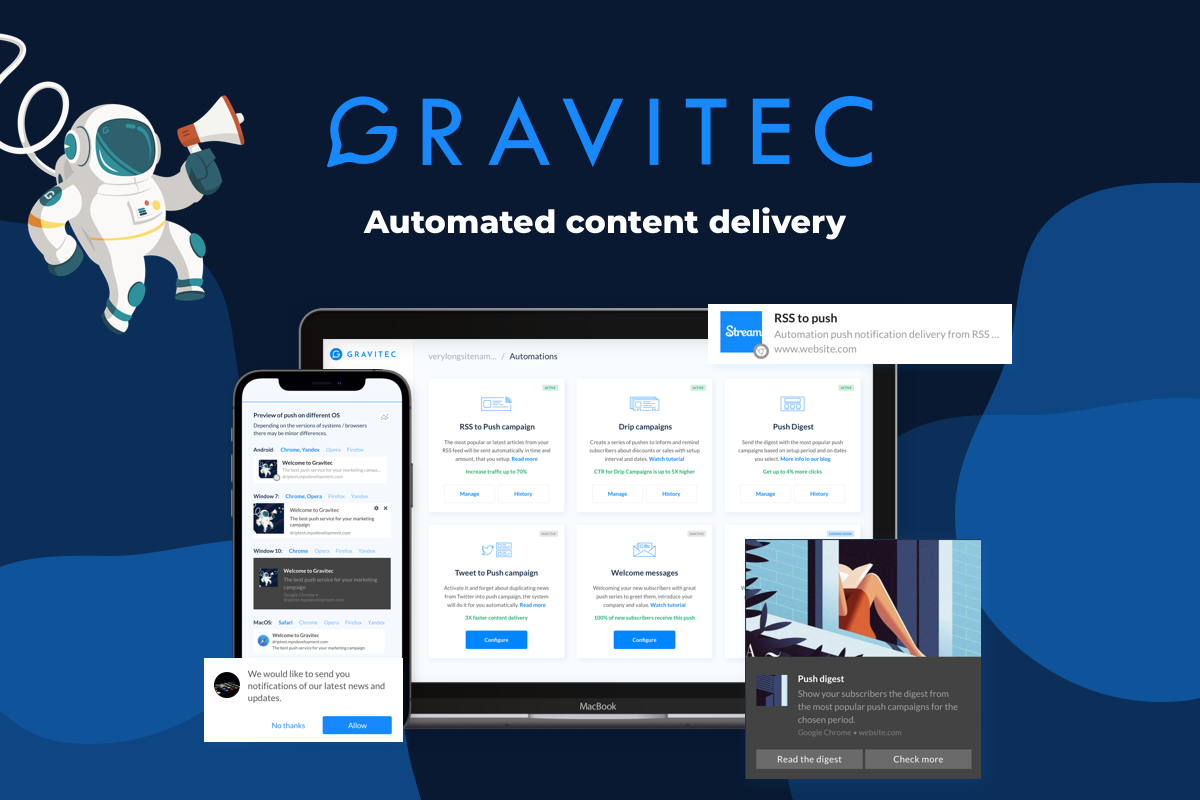Choosing your marketing strategy is no small feat as the world changes and new demands and challenges keep rising. The marketing plans for 2023 are influenced by ethical data practices and ways to interact with consumers who have to spend a lot of time online. Here you will find a list of digital marketing trends that can provide you with a competitive advantage.
You need data to make your marketing effective, which used to be gathered with cookie files that store info on users. However, with Google phasing out support for third-party cookies in Chrome and Apple disabling the IDFA ad tracker, gathering data would become harder. According to Facebook, it can limit running personalized ads, leading to small and medium businesses losing 60% of sales.
Marketers will evaluate the effectiveness of campaigns using sophisticated techniques such as conversion modeling or first-party cookies. Ask your users for consent and invest in developing your own data. Boston Consulting Group (BCG) found that companies that integrate all data sources achieve more notable results than competitors who don’t pursue this strategy. These companies’ incremental revenue from ads, campaigns, and mailings was often double the incremental revenue of competitors.
AI for everything
There are many reasons for a business to adopt AI, and up to 84% of companies in Northern America have already started implementing it.
AI can work wonders for personalization and targeting, especially considering it can analyze data faster and more efficiently than doing it manually. AI can recommend the content you need with your profile information, purchases, demographic information, or browsing history. Netflix has nailed personalization to drive engagement, showing users content based on their interests and history.
There are more ways to use Ai in your marketing; AI can create SEO-friendly copy or improve your WordPress pages. Or you can use AI to buy ads because AI can determine the right price for the ad, make sure ads are displayed on relevant websites, and even adjust the ad creative based on the information AI has on users.
However, if you use AI for SEO note that Google can use AI content detection tools, so make sure your texts are still unique.
Social commerce
Social media still work both for B2C and B2B sales. But as before you need to distinguish channels based on your audience preferences.
If you’re running a B2B service, the best option for direct sales is LinkedIn as its audience of desicion makers continue growing. As a trend for automation is actual as never before, the number of tools for lead generation on LinkedIn is also growing. If you need a holistic approach to your LinkedIn outreach, we recommend trying Impasto.io as your lead-generation tool.
B2C companies use other social media for eCommerce. As Instagram unveiled their Checkout, users don’t have to leave the app to make a purchase. A 2019 Facebook study stated that 54% of respondents bought items they saw on Instagram. Instagram reports 1 billion users, so it’s definitely a place to lead your efforts, especially when Instagram has launched shoppable posts. Shoppable posts have a clickable shopping bag icon that displays the product information and the View Products CTA to visit the brand’s Shop page.
Shoppable posts allow users to shop within their favorite app, and they allow sellers to shorten the sales funnel and make more profit.
Chatbots
Another great AI solution to improve user engagement on a website is AI chatbots developed based on ChatGPT.
Chatbots come to the rescue when your customers need immediate responses or answers to routine questions at all times. And it’s not rare, as 82% of customers think they need an immediate response from a brand. In 2020, even the World Health Organization started a chatbot: a free service that provides information about the coronavirus and ways to stop its spread. According to G2’s statistics, chatbots are popular for 24-hour service (64%), instant responses (55%), and answers to simple questions (55%). Virtual assistants are indispensable for routine tasks, as they’ll never lose patience or forget your customers’ buying history. For example, Kia has used Messenger to provide customers with information on prices and local inventory, and it generated 3 times more interactions than a website.
Push notifications
Push notifications are going strong as a trend — 85% of online shops send them, and 70% of users find them helpful. In the case of web push, subscribers will see the message immediately, and an email can be seen hours later.
That, combined with a higher open rate than an email, makes push notifications a valuable tool for your marketing campaigns, especially if you combine them with personalization and excellent copy.
Browser push notifications can be used on any device and personalized for your audience. Notifications are used to share news, digests, remind about abandoned carts, and reengage people. Web push notifications can include rich images and CTAs to maximize conversions.
Mobile Apps
With people spending 1.6 trillion hours on their smartphones in the first six months of 2020, mobile is more crucial than ever to your digital strategy. App usage surged in 2020, up 25% in the third quarter alone, compared to the same period last year with such popular categories as food delivery, games, online learning, and shopping. If a user downloads your app, it doesn’t just mean they’re interested; such users become loyal customers and spend three times more than those who buy from mobile devices.
Voice search
According to statistics, 72% of people who own voice-activated speakers use their devices as a part of their daily routines, and by 2022 55% of American homes will have a smart speaker. And they use it not just to play music; up to 43% use voice-activated devices to shop. Voice assistants have special functions that allow them to react in a certain way to users’ commands. These functions can be created by a brand and added to the collections of ‘actions’ for Google Assistant or ‘skills’ for Alexa.
For example, you can learn recipes from Nutella from your Google Assistant.
 Oracle report says, “More than one in three brands say customers and prospects prefer to complete a purchase or resolve service issues without speaking to a human associate, if possible.”
Oracle report says, “More than one in three brands say customers and prospects prefer to complete a purchase or resolve service issues without speaking to a human associate, if possible.”
Comcore Digital warns against relying on voice search only, stressing that it is still very much reliant on standard SEO practices like keyword research, structured data, and site optimization.
Videos
Video is projected to account for more than 80% of consumer traffic on the Internet in 2022. So if you want to succeed, you need to reach consumers where they are. 72% of businesses say videos improved their conversion rate, and it’s still the most popular way to learn about a new product.
It goes beyond YouTube; you can also make Facebook, Instagram, or LinkedIn live broadcasts. Think it’s too much work? Consider this: if your site includes video, it’s 50 times more likely to drive organic traffic than text.
You can also invite influencers to participate. For example, Sephora partnered with Patrick Ta, a makeup artist, to create a video about contouring. More than 40k users watched it.
What’s great, you don’t have to be even in the same country as your influencer. You can use features like Instagram’s collab-livestream.
Personalization
According to SmarterHQ, 72% of consumers now only engage with marketing messages that are personalized and tailored to their interests, and 63% are annoyed with generic advertising. Cadbury took personalization to another level. They created personalized videos for their users, which gave them a 65% CTR and a 33.6% conversion rate.
Gen Z especially values personalization — 70% of them believe that in the future, sites will be able to offer them the product they want before they start looking for it, and 40% of zoomers leave a site that doesn’t make personalized offers to them.
Purpose-driven campaigns from brands
Especially after the challenging times of the Covid-19 pandemic, people became more attuned to brands’ attitudes to social issues and transparency. A report from Deloitte states that four out of five respondents could provide an example of a positive brand initiative responding to the challenges posed to consumers by the epidemic, with one in five respondents strongly agreeing that it had increased their loyalty to that brand. Also, more than a quarter of respondents noticed that any brands that were only acting in their interests stopped buying their products. Notable brands were stepping up during the pandemic, as Chanel made face masks or Hilton offered hotel rooms for medical workers.
It goes beyond reacting to pandemics; in February 2020, Jeff Bezos launched Bezos Earth Fund to combat global climate change with the starting budget of $10 billion.
Summary
These digital marketing trends don’t represent a complete list, but they’re a great place to start planning your marketing strategy. Marketing continues to evolve, and marketing teams often have to operate and plan in the midst of uncertainty. We can use the following as general guidance: first-party data, respecting the users’ privacy, using AI, adapting websites for voice search, and see how our business can change the world for the better.












